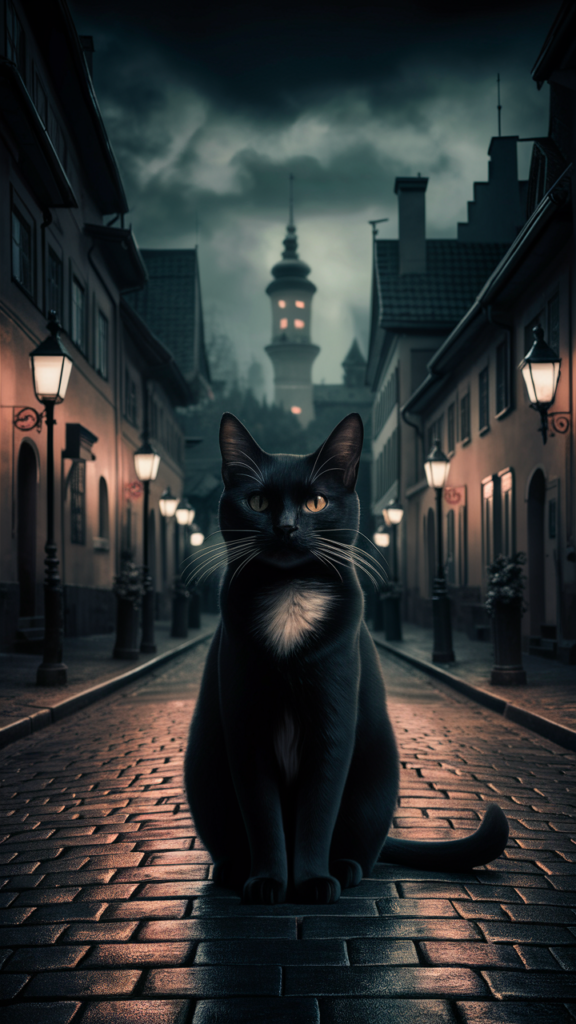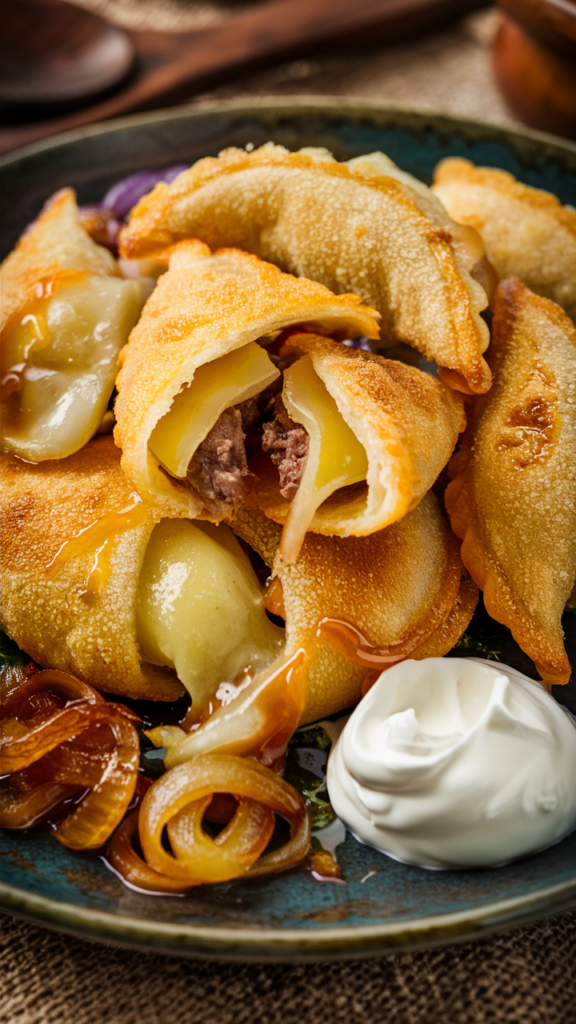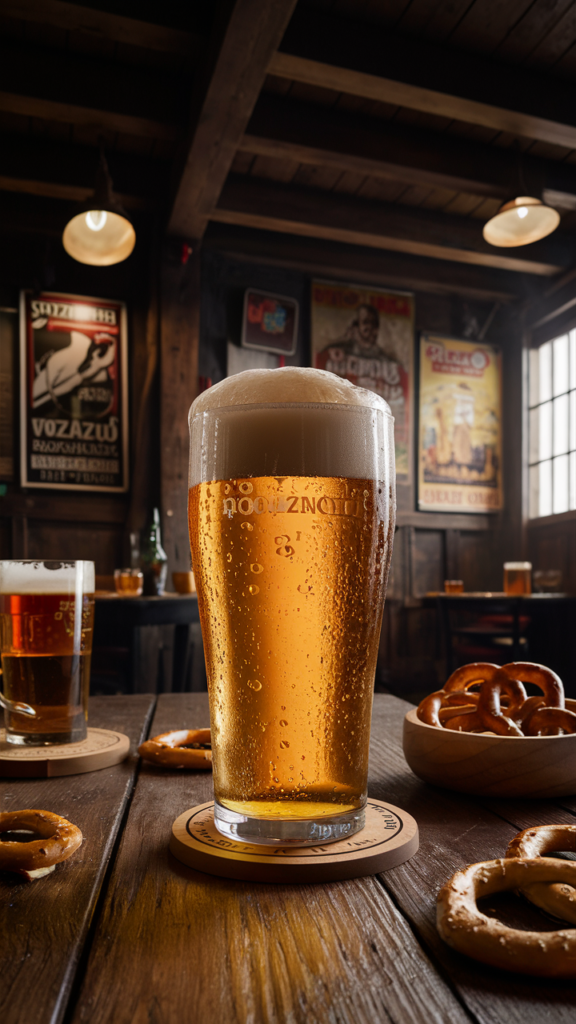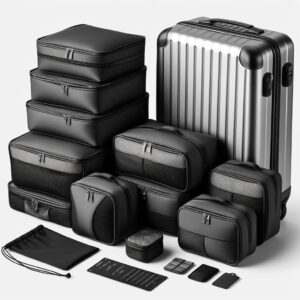Discover all the cool facts about Poland, from famous figures like Copernicus and Curie to unique traditions, breathtaking sights, and delicious food.
- Name Day Celebrations: In Poland, people often celebrate their name day instead of their birthday. Gifts and parties are held on the date associated with their name, a tradition deeply rooted in Polish culture.
- Difficult Language: The Polish language is considered one of the toughest in the world to learn. With its complex grammar and tricky pronunciation, it’s a true challenge for language lovers.
- Superstitions: Poles are generally superstitious. For example, many believe it’s bad luck if a black cat crosses your path or if you see a magpie.

- Marzanna: At the end of winter, Poles make life-sized dolls called Marzanna and drown them to drive away winter and welcome spring.
- Hand Kissing: It’s still common for Polish men to kiss the hands of women as a sign of respect and politeness. An elegant gesture that’s kept alive.
- Outlets: The plugs in Poland are type C and F, so you do need a travel adapter.
- Wawel Cathedral: In Krakow’s Wawel Cathedral hangs the impressive Sigismund Bell, so heavy it takes twelve people to ring it.
- Trumpet Player in St. Mary’s Church: Every hour in Krakow, a trumpeter plays a tune from the St. Mary’s Church tower that abruptly ends. This honors a watchman who warned the city of an attack.
- Largest Medieval Town Square: The Rynek Główny in Krakow is the largest medieval town square in Europe, covering 430,000 square feet. A remarkable place full of history.
- Pierogi: This traditional Polish dish, pierogi, consists of filled dumplings. Often stuffed with potatoes, meat, or cabbage, they’re a culinary delight.

- Religion: Over 90% of Poles identify as religious, making Poland one of the most religious countries in Europe.
- Independence: Poland has a long history of fighting for independence, with key moments like the Polish Uprising in 1863 and the Solidarity movement in the 1980s. A story of courage and determination.
- National Parks: Poland has 23 national parks, including the Białowieża Forest, one of Europe’s oldest forests and a UNESCO World Heritage Site.
- Warsaw: Poland’s capital, Warsaw, was almost entirely destroyed during World War II but has been beautifully rebuilt. Now, it’s a vibrant city full of life and culture.
- The Vistula River: The Vistula (Wisła) is Poland’s longest river, stretching 651 miles. A lifeline flowing through the heart of the country.
- Oskar Schindler: Oskar Schindler’s factory in Krakow, where he saved over 1,000 Jews during the Holocaust, is now a museum.
- Popular Folklore: Polish folklore includes many legends and myths, like tales of the Wawel Dragon said to have lived in the caves beneath Wawel Castle.
- Traditional Festivals: Poland hosts many unique festivals, such as the Wianki Festival, where people make flower wreaths and float them on the river to welcome summer. A colorful and lively tradition.
- Beer Culture: Poland has a strong beer culture with a long brewing history. The country is one of the top beer consumers per capita in Europe.

- Nicholas Copernicus: The famous astronomer who proposed the heliocentric model of the solar system was Polish, born in Toruń. His theory changed our understanding of the cosmos.
- Marie Curie: Born Maria Skłodowska in Warsaw, she was the first woman to win a Nobel Prize and remains the only person to win Nobel Prizes in two different sciences.
- Origin of the Name Poland: The name “Poland” comes from the West Slavic tribe “Polanie,” meaning “people who live in open fields.”
- Largest Castle: Poland is home to the Malbork Castle, the largest castle in the world by land area and a UNESCO World Heritage Site.
- Origin of Vodka: Vodka is believed to have originated in Poland, with the first written mention dating back to 1405.
- Błędowska Desert: Known as the “Polish Sahara,” this desert is the largest accumulation of loose sand in Central Europe, formed by melting glaciers.
- Pol’and’Rock Festival: This is the largest free open-air music festival in Europe, drawing over 600,000 visitors annually.
- Wieliczka Salt Mine: This UNESCO World Heritage Site is one of the world’s oldest salt mines, famous for its stunning underground chapels and sculptures carved from salt.
- European Bison: Poland is home to the European bison, the heaviest land animal in Europe, mainly found in the Białowieża Forest.
- National Colors: Poland’s national colors are red and white, symbolizing love, sacrifice, and purity.
- Oldest Restaurant: “Piwnica Świdnicka” in Wrocław, established in 1275, is considered the oldest restaurant in Europe still in operation.
- Palace of Culture and Science: This iconic building in Warsaw has over 3,000 rooms and was a gift from the Soviet Union, serving various cultural and educational purposes.
- Forests and Nature: About a third of Poland is covered with forests, with 23 national parks showcasing the country’s natural beauty and biodiversity.
- Young Marriages: Poles generally marry younger than their European counterparts, with the average marriage age between 25 and 27 years.
That’s all for now on fun facts about Poland. Do you know any more? Let us know!


